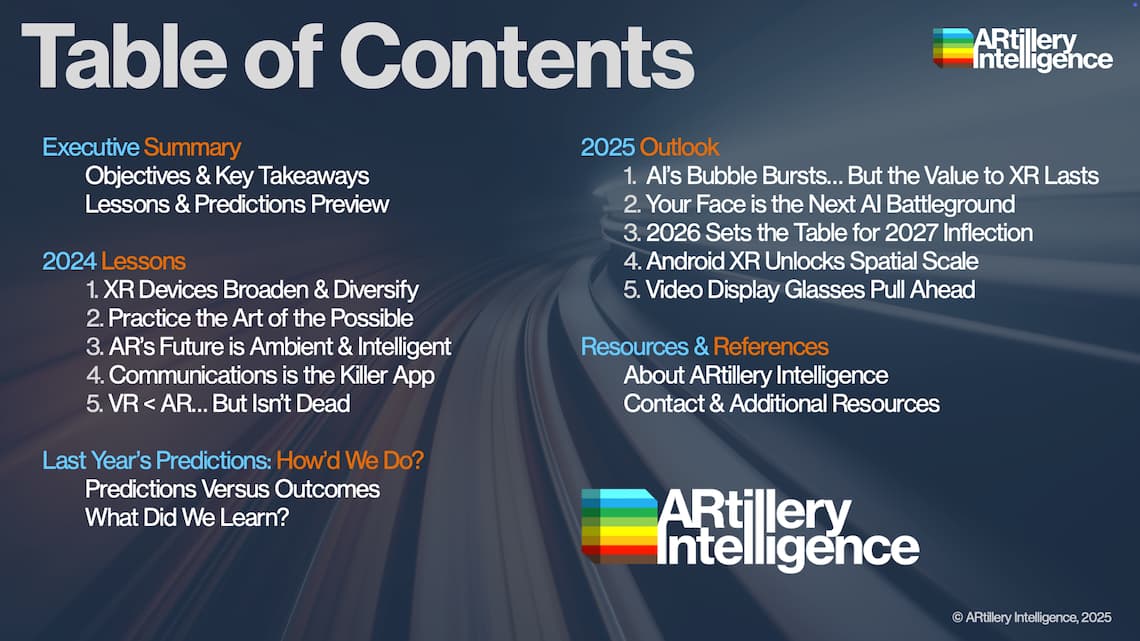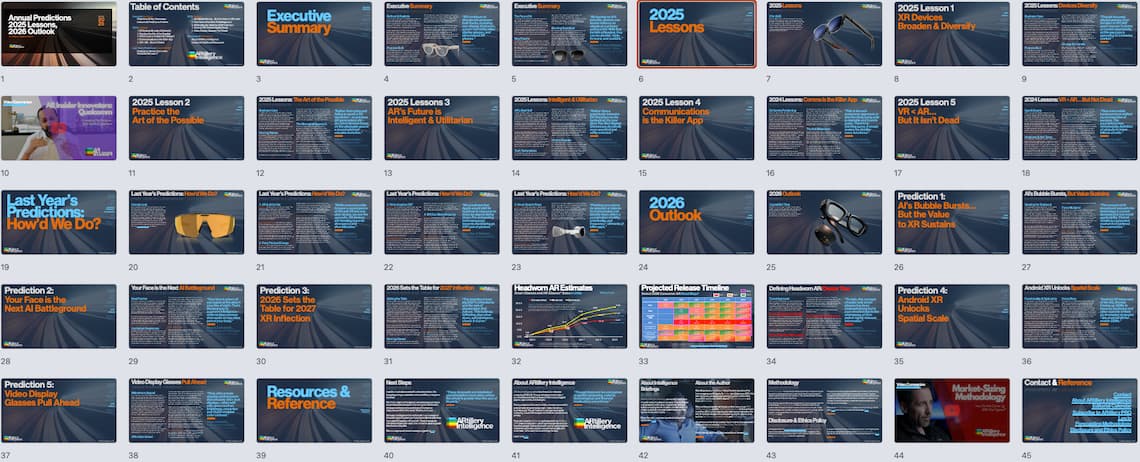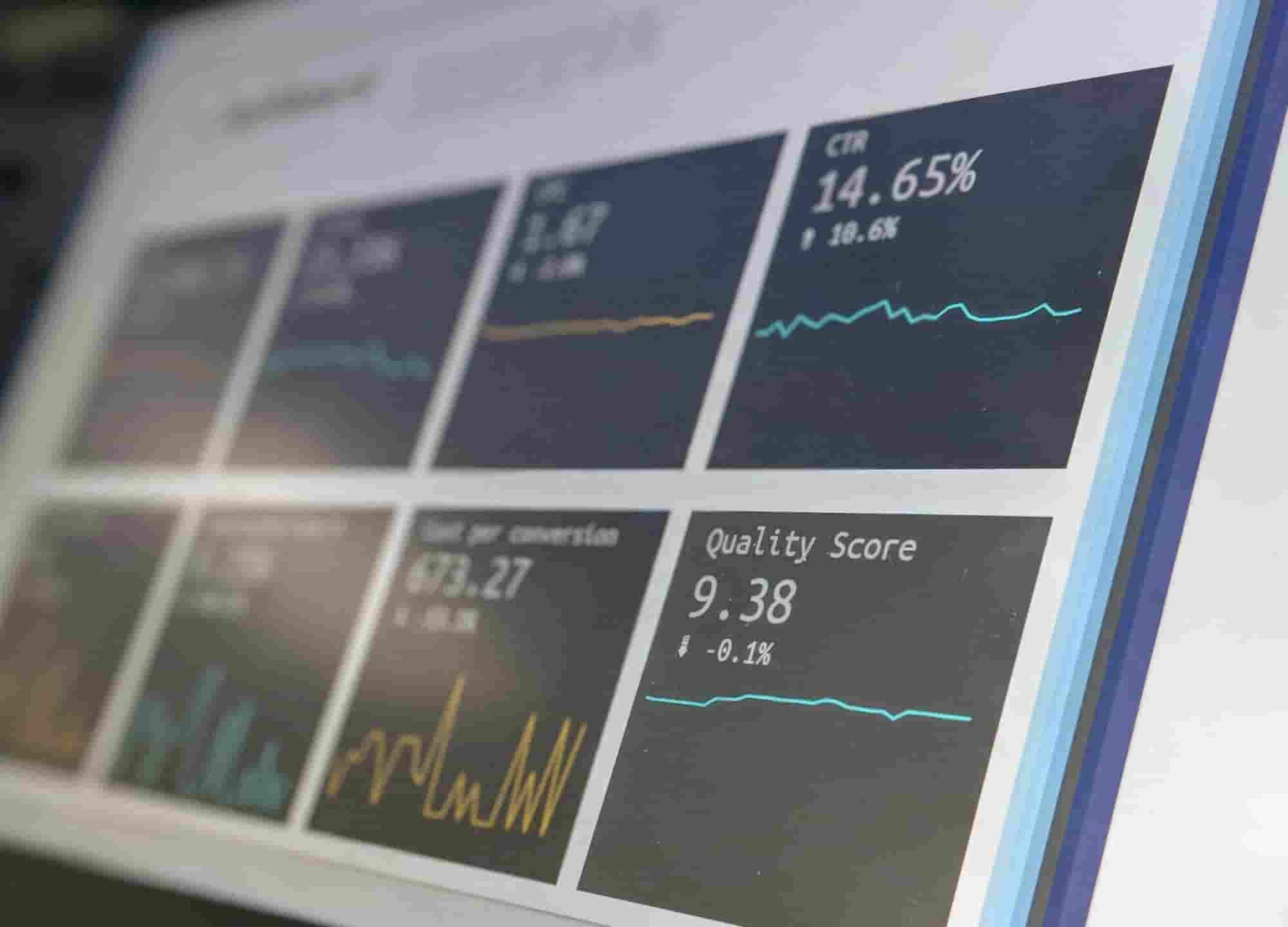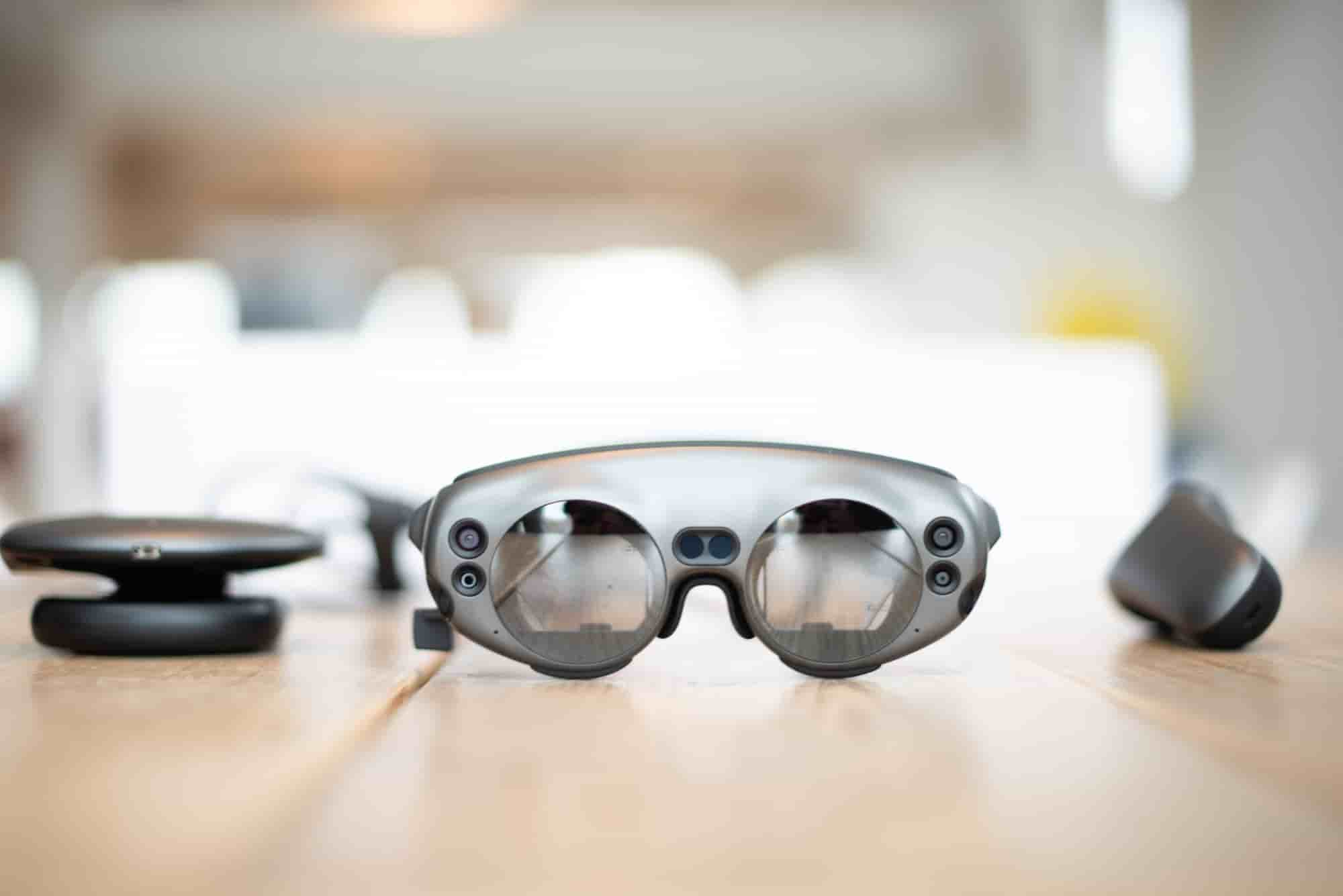
It’s that time of year again. As we approach 2026, our annual exercise kicks in: examining the spatial computing events and lessons of the past year and predicting outcomes for the next year. The following pages will do just that… But first, what’s the high-level view of where we are in the spatial lifecycle?
Spatial computing continues to hold immense potential, but it also faces ample headwinds. After a hype-cycle and market correction almost a decade ago, spatial computing went through another boom and bust cycle with the rise and fall of “metaverse mania,” circa 2021. Now, after both these cycles – and the distractions that come with them – XR is growing at a refined and realistic pace.
But the “spatial spectrum” deserves more nuanced analysis as there are varying growth curves across AR and VR subsectors. These continue to diverge into independent and purpose-built evolutionary paths. For example, mixed reality continues to advance with video passthrough (VPT) capabilities in Meta Quest, Apple Vision Pro, and Samsung Galaxy XR. Optical see through (OST) is growing even faster, including non-display AI smart glasses (e.g., Ray-Ban Metas), video display glasses (e.g., VITURE Luma Pro), flat AR (e.g., Meta Ray-Ban Display Glasses), and dimensional AR (e.g., Snap Spectacles).
The key term is purpose-built, as XR devices map to deliberate use cases. This helps achieve utility and specialization, rather than overly broad approaches that don’t do anything well. This trend is meanwhile validated by key supporting players such as Qualcomm. The company is building a range of chips that map to varied device classes – from non-display AI glasses to UX-rich mixed-reality devices.
That brings us to the big topic that has defined the past two years, inside and outside of spatial computing: AI. Inflections in AI characterize today’s technological momentum. But the question is how AI intersects with XR. A common and reductive hot take is that AI replaces spatial computing as a source of funding and attention. And that may be true to a degree. However, on more meaningful levels, AI and XR elevate each other. XR can be the face of AI, while AI is the brains of XR. They complete each other.
This XR/AI convergence isn’t new, as seen in flavors and subsets of XR such as visual search (e.g., Google Lens). However, it developed new flavors and areas of applicability in 2025, such as Snap’s work with AI in Lens Studio to automate creator workflows. On the user end, AI can meanwhile elevate AR experiences such as line-of-sight situational intelligence. For example, multimodal AI in Ray-Ban Meta Smartglasses fuses visual inputs and audio outputs to make wearers smarter about the world around them.
AI’s integration in smart glasses also sparks another key trend in XR: the ability to sidestep visuals. By leaning on AI’s benefits and appeal, device manufacturers can lessen reliance on visuals – and all their design challenges – as a primary selling point. With that burden offloaded, devices can be sleeker, more style forward, and thus scalable.
But the story doesn’t end there. The spatial spectrum is broad with several moving parts. The burning questions as we enter 2026: What will be the impact of Meta Ray Ban Display Glasses? How will Snap’s consumer spectacles perform in 2026? Will Android XR bring scale to XR? And what will Apple end up doing in its AR glasses road map? We’ll address these questions and others as we break down 2025’s biggest lessons, and our predictions for 2026.



The fastest and most cost-efficient way to get access to this report is by subscribing to ARtillery PRO. You can also purchase it a la carte.
ARtillery Intelligence follows disciplined best practices in market sizing and forecasting, developed and reinforced through its principles’ 20 years in research and intelligence in tech sectors. This includes the past 10 years covering AR & VR as a primary focus.
This report focuses on revenue projections in various sub-sectors and product areas. ARtillery Intelligence has built financial models that are customized to the specific dynamics and unit economics of each. These include variables like unit sales, company revenues, pricing trends, market trajectory, and several other micro and macro factors that ARtillery Intelligence tracks.
This approach primarily applies a bottom-up forecasting methodology, which is secondarily vetted against a top-down analysis. Together, confidence is achieved through triangulating revenues and projections in a disciplined way. More about ARtillery Intelligence’s market-sizing methodology can be seen here and more on its credentials can be seen here.



Unless specified in its stock ownership disclosures, ARtillery Intelligence has no financial stake in the companies mentioned in its reports. The production of this report likewise wasn’t commissioned. With all market sizing, ARtillery Intelligence remains independent of players and practitioners in the sectors it covers, thus mitigating bias in industry revenue calculations and projections. ARtillery Intelligence’s disclosures, stock ownership, and ethics policy can be seen in full here.
Checkout easily and securely.
Ask us anything









